

De les vinyes en bancals del Priorat i de la serra del Montsant, fins a les planes del Camp de Tarragona i del Penedès. Els paisatges més ondulats de la Conca de Barberà conformen un trencaclosques de varietats, que un cop treballades amb l’herència d’una saviesa mil·lenària, donen resultats únics reconeguts internacionalment. Si vols conèixer l’ADN de la cultura del vi en aquestes terres, a més d’endinsar-te en els seus majestuosos i plens de llum Cellers Modernistes, que Àngel Guimerà batejà com a Catedrals del Vi, et suggerim descobrir, poc a poc, la nombrosa i variada oferta enoturística d’un territori que et parla de vi.
La Costa Daurada i les Terres de l’Ebre, amb set denominacions d’origen de vi, i part dels seus territoris inclosos en la denominació d’origen cava, compten amb una notable varietat de paisatges de vinya.
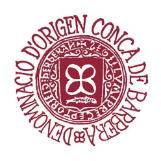
La Conca de Barberà ha convertit el trepat, la seva varietat autòctona, en l’ensenya d’aquesta denominació, que compta amb un ric patrimoni arquitectònic, en el qual hi destaquen els propis cellers modernistes i el monestir de Poblet, que va ser fonamental en l’expansió del conreu de la vinya a l’Edat mitja i que, avui dia, és Patrimoni de la Humanitat. A Poblet s’hi vinifica encara avui dia, de la mateixa manera que ho segueix fent la cooperativa agrícola més antiga de la península, Barberà de la Conca, fundada a finals del segle XIX.

Montsant s’ha convertit en un temps rècord en un referent internacional. Els seus vins enamoren la crítica especialitzada i els consumidors. Tot i la seva joventut, compta amb un llegat vitivinícola antiquíssim, que mantenen ben viu cellers i cooperatives centenàries, que són joies arquitectòniques del modernisme agrari. Espiritualment llegendària, la serra de Montsant (“muntanya santa”) s’aixeca majestuosa al nord d’aquesta zona vitivinícola i li presta el nom a aquesta gran terra de vins.
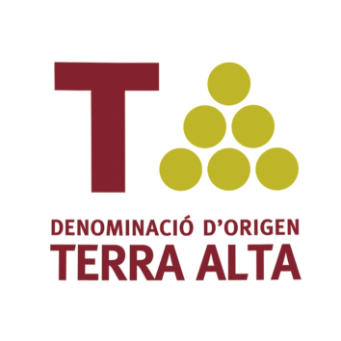
En aquesta terra de paisatges picassians, mediterrani d’interior, els monjos templers ja conreaven la vinya en el segle XIII. Les seves condicions sempre han estat òptimes, especialment per a la garnatxa blanca, l’estrella d’una paleta de varietats que proporcionen vins de reconeguda qualitat. Els darrers anys, amb una clara aposta per la tradició i la innovació, una constel·lació de productors ha tornat a situar la DO en el mapa internacional. Alhora compta amb una autèntica oferta enoturística, en la qual no falten algunes de les catedrals del vi més espectaculars.
> CATEDRAL DEL VI PINELL DE BRAI
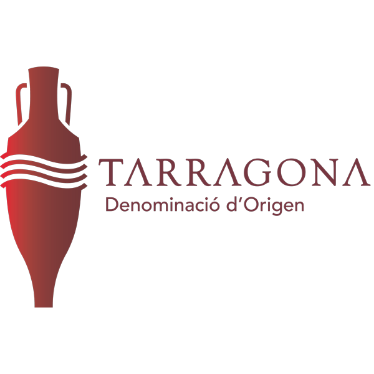
El llegat del conreu de la vinya en aquesta zona ens trasllada a l’època que Tarragona era una de les ciutats més importants de l’Imperi romà, i el seu vi era un dels més apreciats de la Mediterrània. Declarada Patrimoni Mundial de la UNESCO, Tarragona és un punt de de partida excel·lent per conèixer la cultura del vi d’una DO que, des de la Mediterrània, s’endinsa cap a l’interior rural, cap a les terres de l’Ebre, i on els elaboradors miren d’harmonitzar la tradició vitivinícola, la innovació i l’autenticitat dels vins.
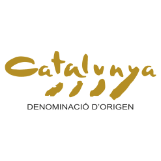
Fenicis i romans van introduir el conreu de la vinya a Catalunya i, des d’aleshores, el vi forma part de la nostra vida diària, de la nostra dieta, de la nostra cultura i dels nostres moments de celebració. La DO Catalunya, creada l’any 1999, és hereva d’aquesta llarga tradició. Actualment, aquesta DO aplega la gran majoria de municipis catalans productors del vi, amb 35 varietats de raïm autoritzades. Cada ampolla conté el país en la seva totalitat. I això no és retòrica, sinó la filosofia d’una DO que pretén oferir als viticultors un marc més flexible i amb més possibilitats de cupatge en la creació dels seus vins.
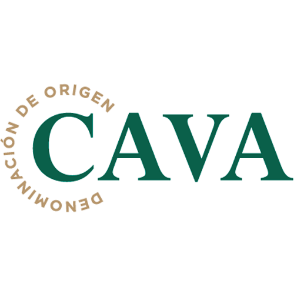
El Cava neix per la transformació radical de la vinya arran de la invasió de la fil·loxera. Durant el segle XIX, diverses famílies de Sant Sadurní d’Anoia inicien la recerca vinculada a la nova tècnica d’elaboració (conegut actualment com a “mètode tradicional” o “champenoise”) i l’apliquen als conreus de la zona. D’aquesta manera va néixer el Cava, amb una identitat que li és pròpia i diferent de qualsevol altre vi escumós de qualitat. A la Costa Daurada hi ha diversos cellers que l’elaboren i que obren les seves portes al visitant. Us animem a visitar-los!
Trobem Cellers Modernistes en diverses comarques de la Costa Daurada i les Terres de l’Ebre. Totes diferents, totes singulars i interessants. Totes a prop. Juntes, formen un mosaic digne de conèixer, per etapes o en una sola ruta. Atreveix-te a descobrir què et poden oferir. Tu tries!
És una terra per a descobrir sense presses. La importància de les petites grans coses. El lloc ideal per deixar d’anar a contrarellotge. Gaudir d’un roadtrip tranquil, conduint per les seves sinuoses carreteres envoltades de bancals de vinyes i parets de pedra seca. En bicicleta, a través d’una experiència que equilibra a la perfecció els conceptes plaer i esforç. Atreveix-te a descobrir tot allò que expliquen i ensenyen les guies i que sovint penses que no pot ser real.
Muntanyes amables, tranquil·les, alhora intrèpides, punt de trobada per a amants del senderisme. Monestirs i pobles encantadors on es té la sensació d’estar lluny de la mà de l’home. El Monestir de Santa Maria de Poblet, Montblanc o les coves de l’Espluga de Francolí, un món desconegut de roques i estances subterrànies que seduiran els més petits. Territori ideal per retrobar-se amb un mateix, connectant ment, natura i espais que respiren espiritualitat.
La Terra Alta, a vista d’ocell, és un immens mar de vinyes i oliveres. Un paisatge que és la màxima expressió de la cultura mediterrània heretada dels avantpassats àrabs i romans. La terra que fascinà Pablo Picasso. Una destinació emergent per als aficionats a l’enoturisme i per als que volen recuperar la memòria històrica de la Batalla de l’Ebre, a través de vestigis i testimonis d’aquest episodi històric.
Punt de confluència de dues tradicions catalanes més reconegudes: els castellers i els calçots. Terra que conserva l’encant de la Catalunya rural, amb petits i autèntics pobles, cellers i cooperatives modernistes i una acollidora capital, Valls. Hi trobem entorns naturals singulars i de gran bellesa, com les muntanyes de Prades i del Gaià. L’Alt Camp, esdevé el lloc perfecte per submergir-te i entendre els fonaments, tradicions i símbols de la cultura catalana. Respira arrels!